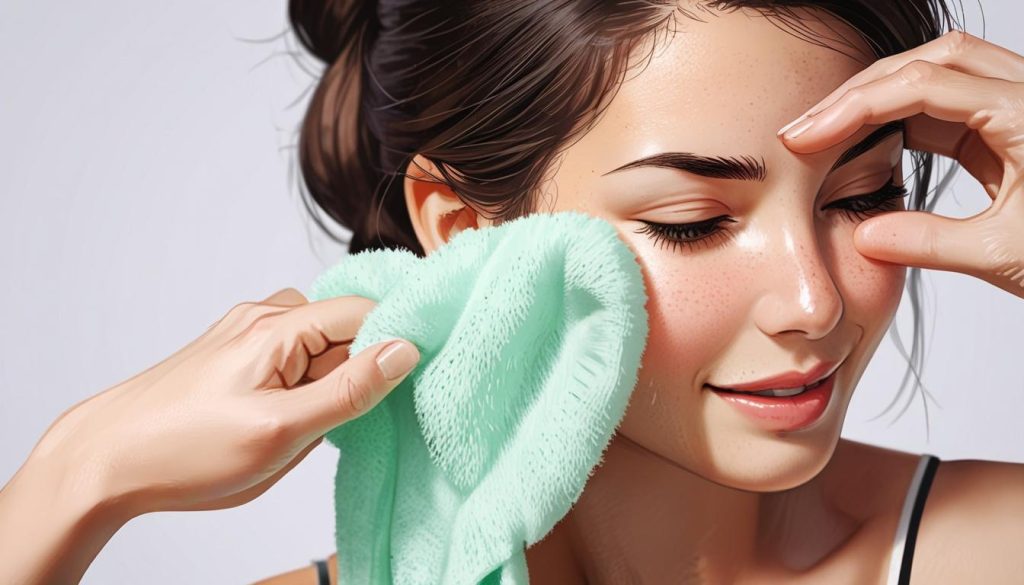**London**: This article explores the essential functions of earwax, the risks of improper cleaning methods, and safe alternatives for maintaining ear hygiene, highlighting advice from healthcare professionals to ensure auditory well-being and prevent discomfort related to wax buildup.
Earwax, while often regarded with a degree of distaste, plays an essential role in maintaining ear health. It serves as a natural protector and lubricant for the ear canal, preventing dirt and debris from reaching the ear drum. Over time, however, wax can accumulate, leading to potential discomfort or hearing difficulties, and many people find themselves needing to address excessive earwax at some point in their lives.
Healthcare professionals frequently advise against using devices like Q-tips for cleaning out the inner ear. According to insights shared by an ear, nose and throat specialist in a previous report from CNET, Q-tips can cause more harm than good. The design of the cotton swab is inherently flawed for this purpose; rather than extracting wax, they often compact it deeper into the ear canal, which can result in blockages that may impair hearing. In extreme cases, there is a risk of puncturing the eardrum if a Q-tip is pushed too far. Notably, the ear canal is relatively short, measuring only about an inch (2.5 cm) deep, which underscores the risks associated with improper cleaning methods.
Earwax is not simply a nuisance; it contains antibacterial and antifungal properties, aiding in the overall protection of the ear. Harvard Medical School outlines that earwax gathers dead skin cells and dirt, moving towards the outer ear naturally. Most individuals do not require any method of intervention, as the body is equipped to manage ear hygiene automatically.
However, certain individuals, particularly those who wear hearing aids, may find themselves with more persistent wax buildup due to the additional vibrations within the ear. For those experiencing issues related to earwax, seeking medical advice is recommended. Following a consultation, healthcare providers may suggest a variety of safe at-home cleaning procedures. These include:
-
Wiping with a damp washcloth: This method allows for gentle cleaning of the outer ear without intruding into the sensitive ear canal.
-
Rinsing the ear canal: For wax that seems stubbornly lodged, a safe approach involves using a damp cotton ball soaked in warm water, saline, or hydrogen peroxide. By tilting the head, individuals can allow the liquid to penetrate the wax before tilting in the opposite direction to facilitate its removal.
-
Over-the-counter ear drops: These drops can assist in softening earwax and should be used with caution, particularly if there is a history of eardrum damage.
Despite the plethora of cleaning methods available, there are several practices that specialist warnings have deemed unsafe. “Ear-candling” has gained traction as a trendy solution among certain enthusiasts, but both medical professionals and the Food and Drug Administration (FDA) have cautioned against its use due to serious risks such as burns and punctures. Additionally, devices promising to reach deep into the ear and remove wax can lead to injury or infection, particularly when sharp instruments are involved.
People with specific medical conditions, including diabetes and those on blood thinners, should approach ear cleaning with care. Minor cuts sustained inside the ear can result in complications, making it more advisable to seek professional assistance for cleaning.
While earwax itself serves an important function, it can also lead to some lighthearted anecdotes. Over the years, various strange objects have been discovered lodged in ear canals, ranging from small toys to pieces of food, illustrating the need for caution in ear hygiene. Furthermore, the notion of the ear as an erogenous zone hints at the area’s sensitivity and complexity—factors that only amplify the significance of maintaining proper ear health.
In summary, while cleaning ears has its challenges and risks, the natural functions of earwax play an integral role in auditory health and hygiene. CNET highlights that, when necessary, safer alternatives are available, and for those unsure, consulting healthcare professionals is the best course to ensure proper care.
Source: Noah Wire Services

